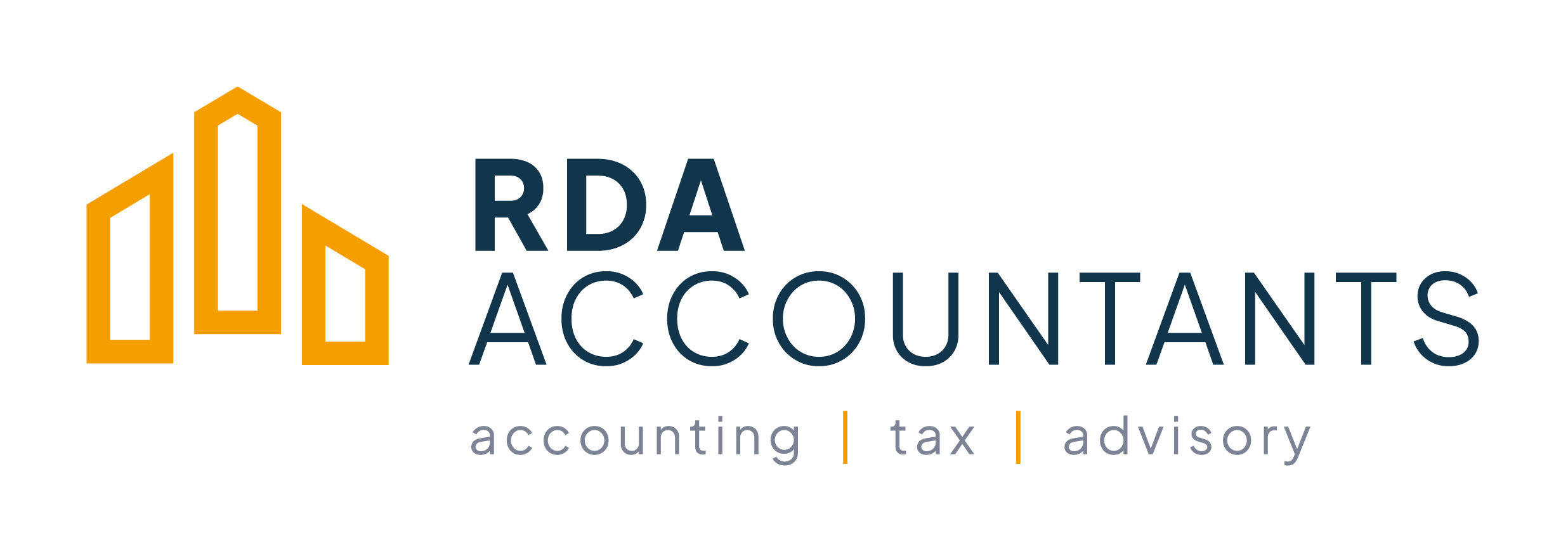If you're considering selling your pharmacy, it's essential to understand the financial intricacies...
Mastering Profit Growth in Your Pharmacy: A Comprehensive Analysis of Purchase Costs
Running a successful pharmacy business involves a multitude of factors, one of which is effectively managing purchase costs. Particularly, the purchase costs of the top 100 items of stock can significantly impact a pharmacy's profit margin. This blog post aims to delve deep into understanding these costs and how they affect profit growth.
Introduction
Importance of managing purchase costs in a pharmacy
Just as in any retail business, the profitability of a pharmacy depends largely on its ability to control costs. Purchase costs, which refer to the amount spent to procure inventory, form an integral part of these expenses. It's vital for pharmacies to manage these costs not just to stay afloat, but to thrive in a competitive market. An efficient purchase cost management system allows a pharmacy to optimize its operations, reduce wastage, and maximise profits.
Overview of the top 100 items of stock and their impact on profit growth
Every pharmacy has its best sellers - the products that customers frequently buy. These are usually the top 100 items of stock, constituting a substantial portion of the pharmacy's total sales revenue. Understanding the purchase costs of these items is crucial because it directly impacts the earning potential of the business. Even a small reduction in the purchase cost of one of these items could lead to a significant increase in overall profits.
Analysing Purchase Costs
Identify the top 100 items of stock
The first step in analysing purchase costs is identifying the top 100 items of stock. This involves tracking sales over a certain period to determine which items are sold most frequently. Consider factors such as seasonal variations and emerging trends. Once these items are identified, they should be prioritised in the purchase cost analysis.
Evaluate current purchase costs
Next, evaluate the current purchase costs of these top-selling items. This will provide a baseline from which to measure cost-saving efforts. It involves reviewing supplier invoices, contracts, and other purchasing documents. Keep in mind that purchase costs may vary due to factors like bulk buying discounts, supplier promotions, or changes in market prices. Understanding these nuances is key to managing purchase costs effectively.
Research and compare alternative suppliers
Once you have a clear understanding of your current costs, it's time to explore if better deals are available. Research alternative suppliers who can provide the same products at lower costs without compromising on quality. Use this information to compare your current supplier's pricing with the alternatives. Remember, the goal isn't necessarily to switch suppliers but to equip yourself with knowledge of market prices.
Negotiate better pricing and terms
If you find that you're paying higher than necessary, it's time to negotiate with your supplier. Use your research as leverage for better pricing or terms. Suppliers often offer discount rates for long-term contracts or bulk orders, which can help reduce purchase costs significantly. Also, consider payment terms that could improve your cash flow.
Implementing Cost-Saving Strategies
Streamline inventory management
Efficient inventory management plays a crucial role in controlling purchase costs. Streamlining inventory processes can prevent over stocking or under stocking situations, both of which can negatively impact profits. Implement a real-time inventory tracking system to monitor stock levels accurately and make data-driven purchasing decisions.
Optimise order quantities
Order quantity optimisation can lead to considerable savings. Ordering in bulk often brings down the unit cost of each item, but it's vital to balance this with storage capacity and product shelf life. An optimised order quantity minimises waste due to expired products and reduces storage costs, thereby contributing to overall savings.
Explore generic alternatives
Generic medicines typically cost less than their branded counterparts while offering the same therapeutic benefits. For many of your top 100 items, there might be a generic alternative available. If customers are open to switching to generics, this strategy could lead to significant cost savings without affecting patient care.
Monitoring and Tracking Results
Track purchase costs and savings
After implementing cost-saving strategies, it's essential to track their impact. Monitor both the purchase costs and the savings achieved. This will help you evaluate which strategies are working and which need tweaking. Use this data to refine your cost management efforts continuously.
Analyse impact on profit growth
Beyond monitoring costs and savings, it's crucial to analye how these changes affect your bottom line. Look at key metrics like gross margin and net profit. A decrease in purchase costs should ideally translate into higher profits. If that's not happening, you might need to investigate other areas of your business operations.
Adjust strategies as needed
Remember that managing purchase costs is an ongoing process. Market conditions change, suppliers adjust their pricing, and customer preferences evolve. As such, your cost-saving strategies need to be flexible and adaptable. Regularly review and adjust your strategies based on the data you collect and the trends you observe.
Conclusion
In conclusion, mastering the purchase costs of the top 100 items in your pharmacy can significantly boost your profit growth. It requires a thorough understanding of your current costs, a strategic approach to procurement, efficient inventory management, and constant monitoring and adjustment. By implementing the strategies outlined in this blog post, you can optimise your purchase costs and drive your pharmacy's success to new heights.
If you would like to know more about how RDA can help grow your pharmacy, call us now on 053 9170507 or visit rda.ie. Our dedicated team are always happy to help.



